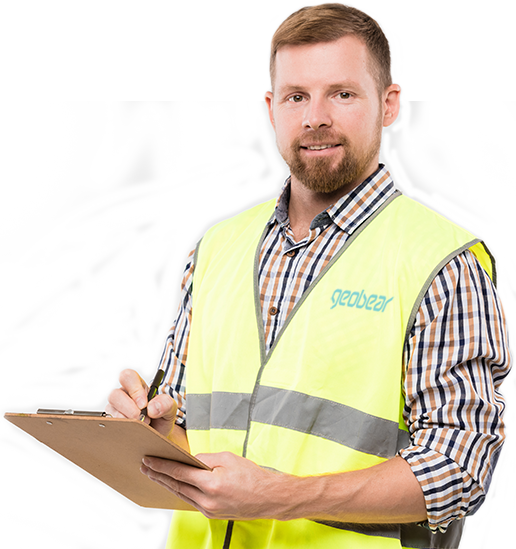Ground stability issues occur most commonly due to subsidence and settlement. Both subsidence and settlement are forms of soil displacement that lead to elevation changes.
Simply put, subsidence is when the elevation of land is lowered due to underground changes. Around the world, subsidence is a costly issue. Elevation losses can range from fractions of an inch to tens of feet.
Subsidence doesn’t typically occur evenly or all at once. This means that some areas of soil will compress while others won’t. If this happens under your property, it can lead to certain areas of your property sinking while others stay the same. With enough subsidence, this can lead to damage to your home from driveways and patios to walls and flooring.
Natural causes can include basin-downwarp, fault movement, or sediment compaction. Man-made causes are more common. These include groundwater pumping, mining, oil and gas production, river channelisation, and surface loading. When material underground is moved, relocated, or extracted, it causes soils to compact – and your property to sink.
Settlement is very similar to subsidence in the sense that both lead to a loss of elevation. Subsidence is caused by the reduction in volume of the soil that leads to vertical displacement.
Some foundation settlement is perfectly normal over time. Your home is heavy, and soils can compact more over time under the weight of your home. The amount of settlement typically varies based on the types of soils under your home. Soils such as saline, non-cohesive soils, gypsum, silt, and clay can create more settlement. In contrast, bedrock will settle much less.
Uniform settlement is when your foundation rests on the same types of soils and settles at nearly the same rate. It creates an even shift in the elevation around the property. This means that less damage is likely to occur to the home or property. The most common damage with uniform settlement is to utilities such as sewer or water supply. Other symptoms may include jammed doors and windows.
Differential settlement, settlement at different rates throughout a foundation, is the more common type of settlement. This means that certain pieces of your foundation are settling at different rates. In many cases, this may mean that the outer perimeter of the foundation or a specific corner is settling at faster rates than the center of the home.
When your foundation has differential settlement, you can experience many more issues within the home. Damages may include distortion of the framing, sloping or uneven floors, cracks in interior or exterior walls, and more. Some homes may even experience issues with foundation cracks and structure.
Please use this contact form and will respond to you within 2 working days.
We will provide you with a free site assessment, either online or in person.
We deliver projects on any sort of building or structure – from residential properties, conservatory extension to problems to 80,000m2 warehouses and road infrastructure. In most cases we will have the best solution, so get in touch today.


All terms of use are certified. Copyright. Geobear 2023.